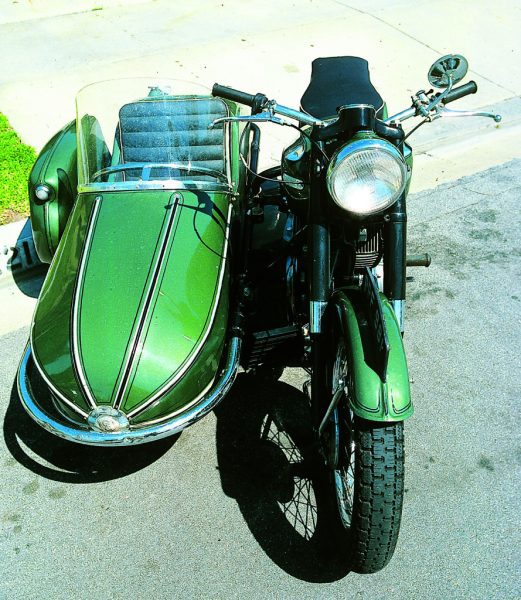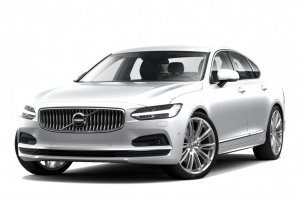
Start your motorcycle with a sidecar
Content
Technique, impulse, things to remember
All our tips to never stay in the harbor
With Dene and his educational and versatile vocation, you'll never again be overwhelmed at home, a motorcycle refusing to let go of itself, housed at the bottom of the garage. Indeed: we have already explained to you how to diagnose a motorcycle that does not start and, if necessary, how to start a motorcycle with a shock. Today, if those two milestones aren't enough, here are our tips for starting a sidecar motorcycle like the GP 500 stars prior to 1986 (the start we know today, on the grip, on the grid, did indeed appear in 1987).
Updates
Of course, even if the bike won't start, we don't care check list, what you need to start: the red button is on, the contact key is connected, the petrol is open, the crutch is folded, the speed is at a neutral level to avoid dumplings.
We then put ourselves on the left side of the motorcycle. We grip the handlebars of the bike, and there we have to be ready to hit the hard. There are two schools: you are alone in a world where you have friends, neighbors, or your mother-in-law pushing you. Note that on high-compression motorcycles (usually: a big single-cylinder track or a good big English twin of the 60s, this will still be tricky, even if these machines often have a kick that can then help you).
Either way, starting the bike takes a little bit of energy. You shouldn't go very fast, but it takes a speed of at least 10 or 15 km / h.
Some clutches are a little sticky. As a result, there are two methods: either you put in second or third before pushing the bike, or go to neutral and go up (especially not first!) On impulse.
A little slap on the ass
Let's not be wrong in these turbulent times of #metoo and other #balancetonporc. The above heading was written with absolute respect for women, these holy people, who are basically great sources of inspiration. No, a small slap on the mentioned ass, obviously, it needs to be applied on the back of the bike. If you get help from a friend, it will also be helpful if he also gives a little boost on your back as you go out of the clutch.
There you must be synchronized: the very moment you release the clutch to turn on the engine, you will perform a concert jump on the saddle of the bike, as far back as possible and apply pressure with a certain movement of your body, which will lead to the passage of the compression point of the engine.
Usually the engine comes to life. If it is not, it means that you are not walking fast enough or that you have synchronized your steps incorrectly. Moreover, if you have an old motorcycle, a small starter cannot damage ...
As soon as the engine starts, we renew the clutch and keep it at the throttle: admit it would be a bunch to get it to stop. Moreover, if this starting problem was related to a flat battery, you will have to travel a little to recharge the battery to a minimum (assuming your generator is not grilled). It is believed that a rolling time of about twenty minutes allows the battery to be charged enough for it to start a new job.
Perfect: slope
Obviously, this good old Newton was already anticipating the start of the wheelchair in his theory of universal gravity, which in order to make it easier for you, it will be said that the body is being pulled downward. The same applies to a motorcycle: starting with a sidecar on a slope will be a lot easier.
Attention, if the battery is really dead and your motorcycle has complex electronics (which presses on the gas pump and initializes all the sensors ...), it will still be difficult, if not impossible. And suddenly, if you are at the bottom of the descent, really sharpened, and you have to climb, there is nothing more we can do for you ...

